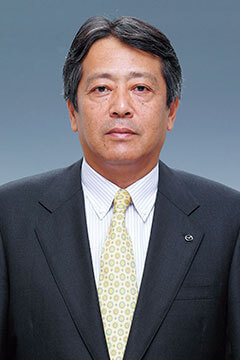
Akira Marumoto
Akira Marumoto is on the board of Mazda Motor Corporation and is the company’s second-most senior officer. JOHN MELLOR secured this exclusive interview during Marumoto-san’s visit to Australia last week to officiate at the opening of Mazda Australia’s new headquarters.
John Mellor: Where do you see growth for Mazda around the world? What market? What products?
Akira Marumoto: Firstly Mazda is not considering to win growth by large volume. For the coming three years, this year, next year and the year after we are planning to grow from 1.5 million (units a year) to 1.65 million units.
Which country (will provide growth) will depend very much on the country’s economy. So we cannot really clearly state which country to forecast on but at the moment we think the best opportunity will be given in the US.
As for the product aspect we think our products such as CX-3, CX-5 and CX-9, the SUV range, are the products that give us the best opportunity (for growth).
JM: Are you satisfied with Mazda’s current product range and are there areas that you would like to expand into?
AM: Because Mazda is rather small we don’t have the strength to have a full range such as Toyota, but we are focusing on each of the individual products that we have to maximise sales, from the bottom of our hearts.
JM: Your target of 1.5 million to 1.65 million units in three years is modest by world standards. Are you happy with that level of sales? Is such a level of sales an advantage to Mazda or is it a disadvantage?
AM: Whether I am comfortable with this number for the next three years (is not the point) because 1.65 million is the maximum number based on the maximum number of capacity Mazda has globally. We know that we need to grow further after the next three years. (But) to increase our volume will require a new production plant.
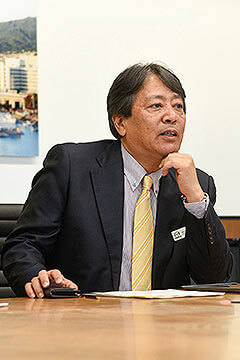 JM: Where would you build that?
JM: Where would you build that?
AM: We are not really keen to expand (our plant locations) globally so I think it would be in Mexico or in Thailand.
JM: Which one is the most likely?
AM: It is difficult to make a call. They both have good points that are quite similar. If we were to focus on the growth in the United States then Mexico has an advantage.
JM: Can Mazda survive alone without a partner company? You partnered with Ford and probably don’t want to go back there again but are there alliances that you think Mazda should do in technology sharing and product sharing with other companies? Is that something you will really need to do to survive because there is a lot of money to spend on technology in the future?
AM: There are many forms of how to do business cooperation but at this stage (in our development) a capital alliance like we did with Ford we don’t consider it is very effective.
So for technology and for products, also for a region, in order to have a business alliance we will need to do that individually – individual alliances for specific products and technology.
JM: Have you made progress in finding another partner for the supply of the Mazda BT-50 when the Ford agreement finishes?
AM: Ah, big question in Australia. There is nothing that I can actually disclose at this time however we are progressing with our study. This is something that will be determined in the future but right now we can say nothing.
JM: Is there a deadline when Mazda will no longer get the BT-50 based on the Ford Ranger?
AM: That is also information that we have not been disclosing but it is not really set so close in the future; such as next year. We have time. There are many (potential) partners (for the BT-50) and I consider Ford to be a candidate. Mazda will choose the partner for the BT-50 program.
JM: Mazda is very focused in internal combustion engines. What are Mazda’s estimates about what electric vehicle market penetration might be by 2020?
AM: That estimation has already been done by many people but my view is there has not been an accurate estimation as yet. Many are saying that by 2025 the EV and fuel cell vehicle mix will be less that 10 per cent.
JM: Is that why Mazda does not seem to be concentrating on EVs?
AM: I think the reason that (the EV) is not as prepared as yet (to increase market penetration) is that it is not really economical. The EV is still a very high-priced vehicle and it is not really feasible (to buy one) unless there is an incentive (subsidy) from the state or the country.
JM: Do your advisors see a time when the EV will outsell the internal combustion engine or is that something that is too far out to contemplate in your planning?
AM: I think that is going to be much further out. I think there is a difference between the EV becoming popular and the EV becoming needed.
However in California the state is really concentrating on zero-emission vehicles so in that kind of a region, in order for us to survive as a business, EVs and fuel-cell vehicles will be required.
So we are planning to pull forward to produce our own EV before 2025. So in order to obtain the entry ticket for that (Californian) business a zero emission vehicle will be necessary.
JM: You have acknowledged that Mazda Australia has very great market success (by Mazda’s international standards). Have you studied this market and do you think there is growth available to Mazda in other markets by adopting the practices employed in Australia that made Mazda number two here? Is there an upside internationally to using these management practices in other markets?
AM: I think this relationship between Mazda Australia and its dealerships is probably the most prominent in Mazda globally. What I feel is that Mazda Australia is a very professional distributor and also the Mazda dealers are very professional management people. What I feel is happening here is that Mazda Australia and its dealers have a very trustworthy relationship and good tension as well.
I don’t think this can be achieved in just a few years. I think Mazda Australia has achieved this relationship over a couple of decades – 20, even 30 years.
We see it as best practice so we expand many of these factors into other regions of global Mazda. However we don’t see similar outcomes will come very easily (in other markets). I think the relationship with dealers in Australia also is unique even in the Australian market as a whole.
JM: You had Malcolm Gough (former managing director of Mazda Australia – now retired) and Martin Benders (present managing director of Mazda Australia) in Japan for many years. Were they there to help you understand this (Australian) market success?
AM: This building (the new headquarters for Mazda Australia) is the reward really for such a great effort by Mr Gough and Mr Benders for their hard work.
JM: Is there any other market in the world where Mazda is number one or number two in sales and do you think there are other markets where that can be achieved?
AM: Not in such a big market would we get to number two. We are second in Colombia and Vietnam. Israel, sometimes. Vietnam is showing significant growth in volume. Two years ago it was only 10,000 vehicles and last year it has come up to 30,000 units. We expect more growth this year.
JM: You mentioned that in an established market it could be decades before you can get the same level of dealer-factory involvement that is achieved in Australia. Is a young growing market like Vietnam a place where you could allow that sort of dealer relationship to develop as the market gains maturity?
AM: Yes, I see that as an opportunity in emerging markets. But many of those emerging countries are heavily reliant on resources. Currently we see a heavy fall in the resources sector and equally their currency is falling as well.
Martin Benders: One country that emulates a lot of what we do is Mexico. That is very similar in the way they relate to their dealers and structure themselves. Last year it was slightly less than 60,000 sales and 54 dealers.
 JM: Two years ago it was reported that Mazda was looking at making “aggressive” changes to its dealer network in the US. What did you do there?
JM: Two years ago it was reported that Mazda was looking at making “aggressive” changes to its dealer network in the US. What did you do there?
AM: I don’t think I ever used the word “aggressive”. It is only step-by-step changes. In America they have a very strict franchise laws. That means we are not able to take actions that would be permissible in markets like Australia.
But to get change in the US network Mazda encourages buy-and-sell, change of ownership and successions.
JM: Overproduction worldwide is resulting in many markets facing a push to get dealers to register cars that are not sold. It puts a huge burden on dealers and dealers are falling over because they have too much registered stock. Is that a concern for Mazda that in the end you can overburden your dealers to the point where they cannot operate any more?
AM: In the past we have done such practice as pre-registration in a few of the countries but we are not doing such things currently.
This will only make the dealer’s cash management more difficult so we have dropped altogether this kind of wholesale push. So we are constantly checking the stock level and if it shows slightly more we will reduce the production the following month straight away.
JM: With modern technology is it possible to adjust your production flows more easily today that it was a decade ago? Is it more possible today than previously for your factories to be more in sync with demand in your dealerships?
AM: Yes that can be achieved with systems and what we are currently seeing in Europe with Industry 4.0 (IT integration of all levels of a business) can be applied to that idea. But I don’t think we need to rely on such a system (because) we will be able to identify whether we have the stock or not. That is why we have Mazda Australia here.
So I think the way we operate the Mazda business is to always ensure that we will do the right way of doing business without relying on a system.
Martin Benders: During the GFC, when markets were falling by 30 per cent, the reaction from the markets (around the world) was; “We will put some more money on it and it will be fixed in a few months.”
We consciously told them they could not see the big picture. They were told: “You don’t want these cars.” So we slowed things down. That was consciously done.
By John Mellor
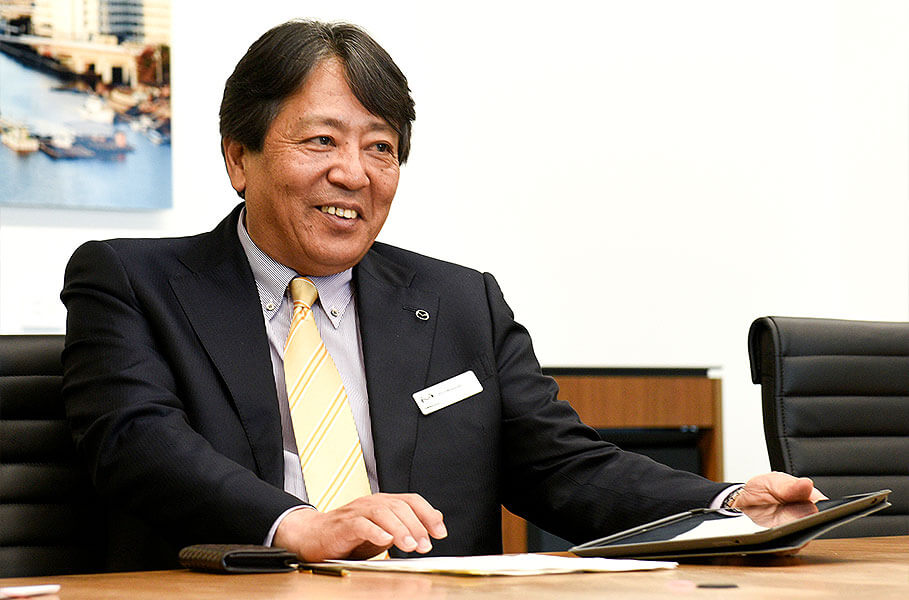


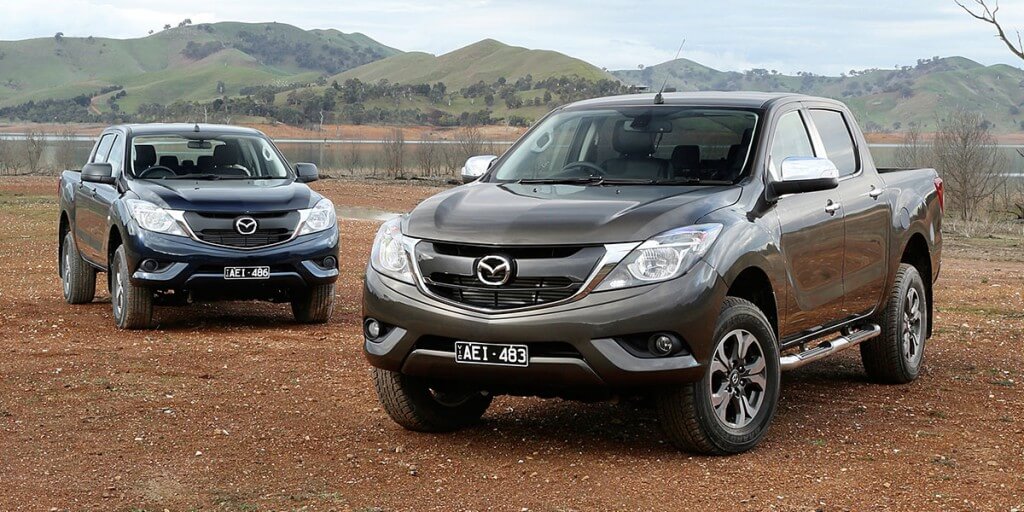
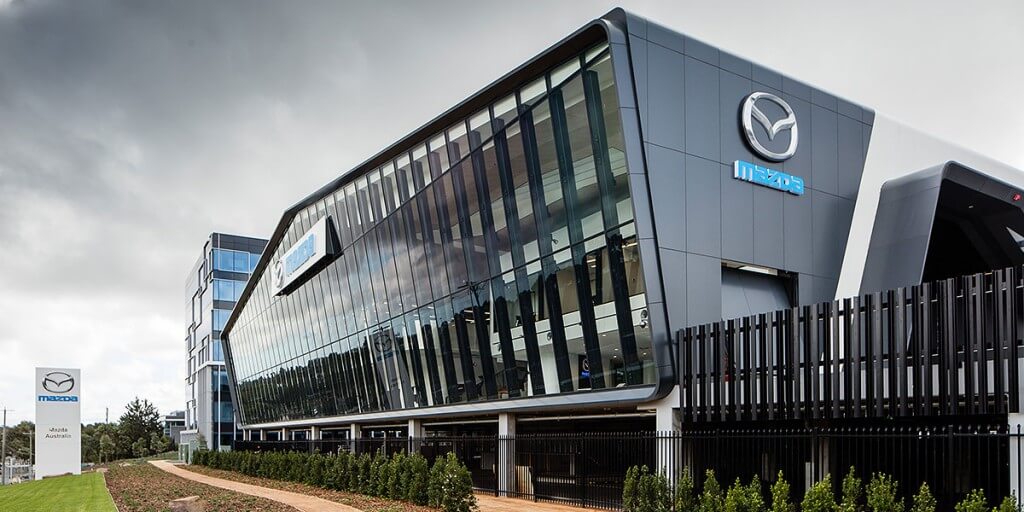










 Read More: Related articles
Read More: Related articles

